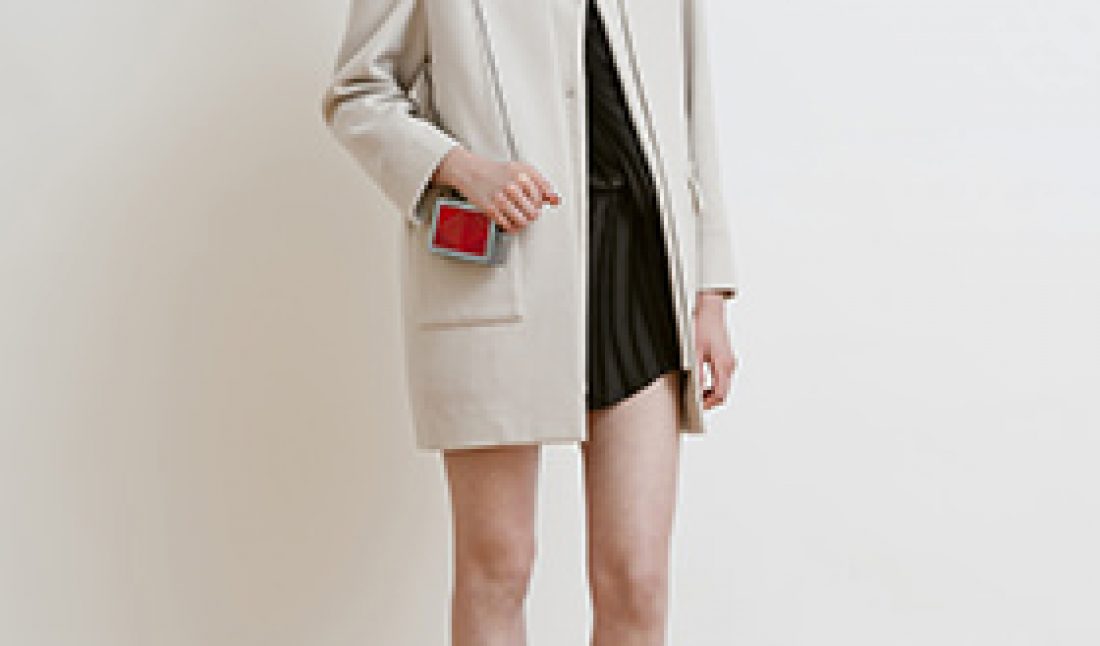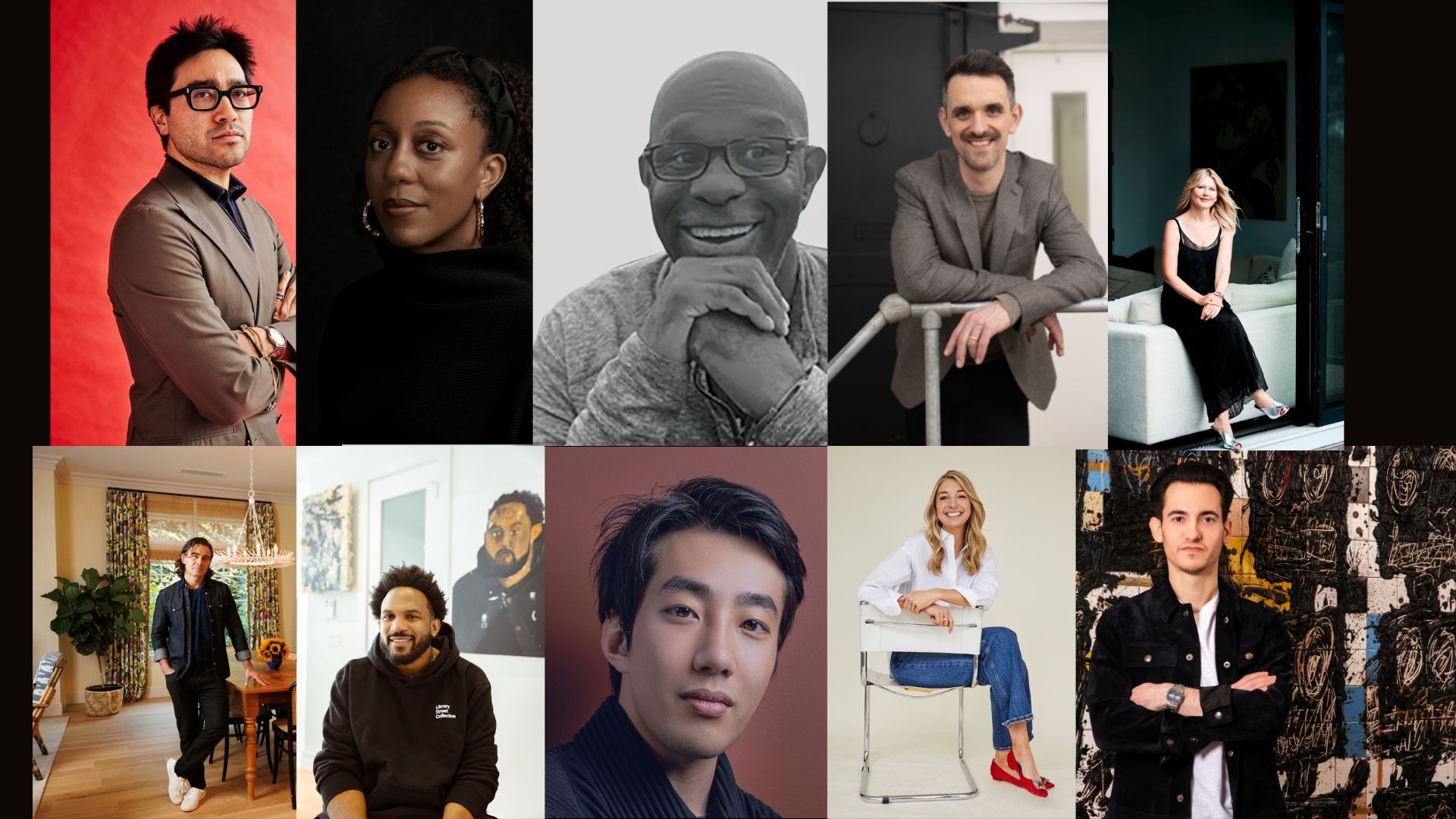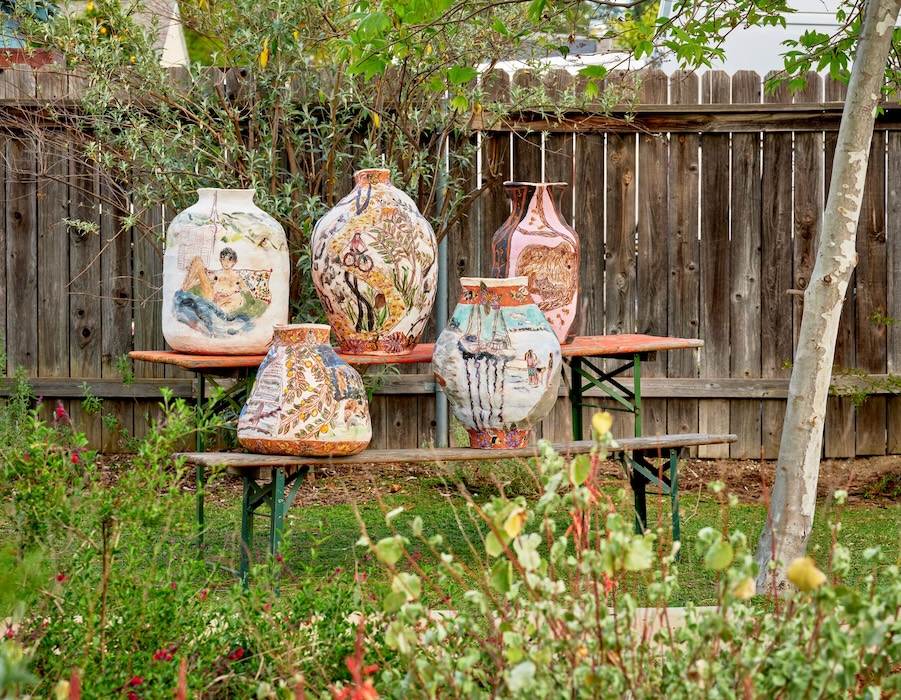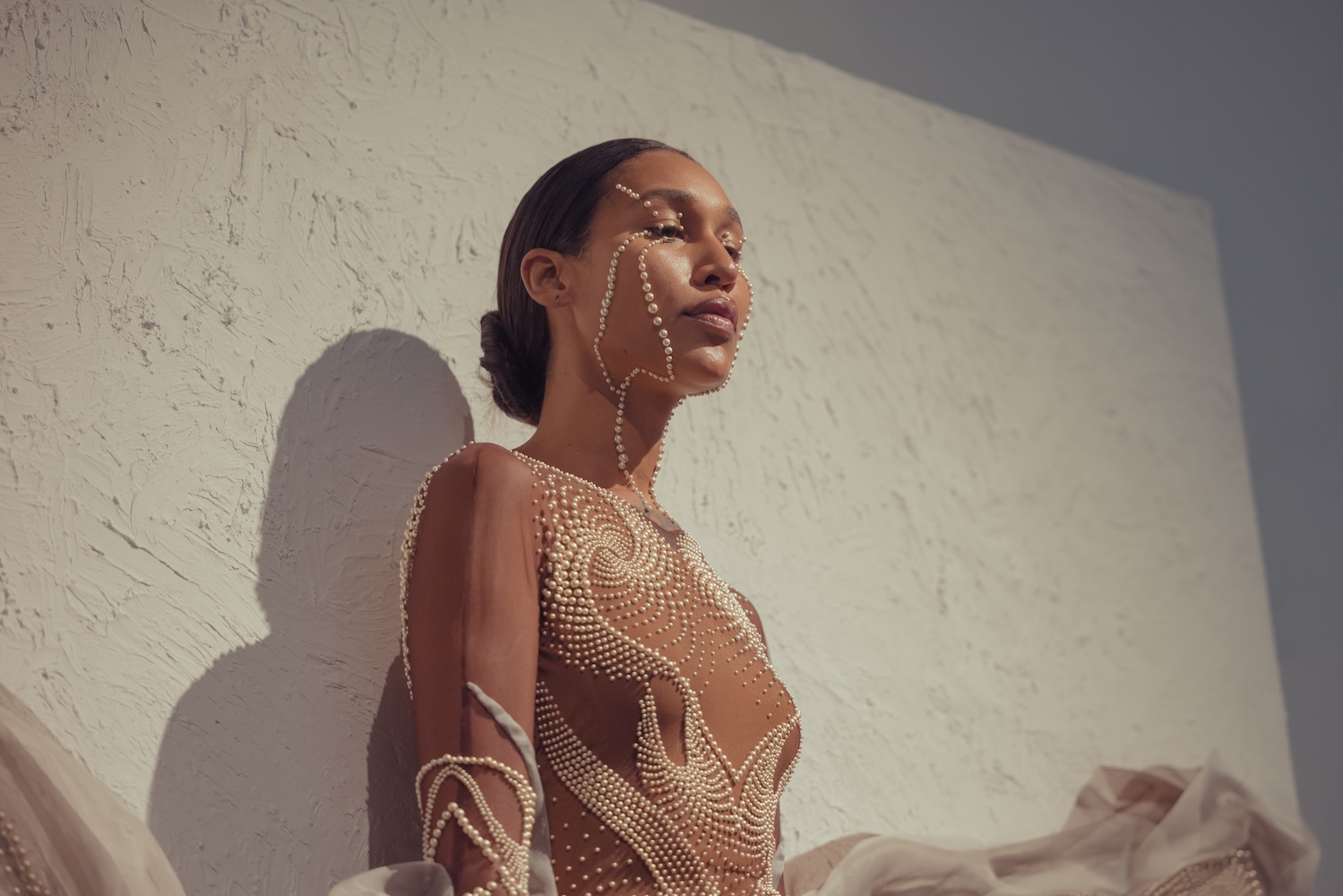Haluk Akakçe is no art world newcomer. The Turkish contemporary artist has shown his eclectic works all over the world, and is still included in many international collections such as: Thyssen-Bornemisza, Madrid; Fondation Louis Vuitton, Paris; Hoffman Collection, Berlin.
But for the past decade, the U.S. had yet to catch a glimpse of his creations. “Come Midnight,” his newest body of works now on view at New York’s Richard Taittinger Gallery, explores both the psychical and spiritual world, and highlights all of the ephemeral details in between. We spoke to the artist about his recent spiritual influence, his natural intentions, and what really happens during the early hours after midnight.
 Berluti fall/winter 2017.
Berluti fall/winter 2017.Courtesy of Berluti.
WHITEWALL: You’re showing work for the first time in the U.S. in almost a decade. Tell us about that.
HALUK AKAKÇE: It’s really exciting to be back in New York, and to reconnect with a city where my art career first started with a the Drawing Center “Selection Show” in 1997 followed by a show with Henry Urbach Architecture, PS.1, and Deitch Projects.
 Moschino women’s pre-fall 2017 & men’s fall/winter 2017.
Moschino women’s pre-fall 2017 & men’s fall/winter 2017.Courtesy of Moschino.
WW: Your experience as an architect seems to have given you structure. How does this help or hurt you when creating such fluid pieces?
HA: Architecture as a discipline helped me to express myself through different levels of scale, which is one of the most exciting parts of the type of work I can create. From an intimate level by hand drawing to working with large scale installations, using moving images to redefine spaces and introducing forms or animated characters larger than life.
 Hermès’ fall/winter 2017-18
Hermès’ fall/winter 2017-18Photo by by Jean-François José
With this show, I had to work with an incredible amount of control. But I have given myself the freedom to break through and investigate the perfection of free flowing forms while being constraint by a defined set of rules.
WW: The titles of your work reference different kinds of women, The Career Girl, The Mother, The Lover, The Dancer—are these real-life women that you know or once knew, or are they imaginary characters you have given life to?
 © Melissa Rosenthal
© Melissa Rosenthal
HA: They are real people that stand for various means of access to the spirit world. They represent gates to a new dimension.
WW: The butterflies in your work seem to be symbolic of rebirth and a new coming from a dark time. What about butterflies attracted you to them, and why did you choose to present them in your work?
 Abdoulaye Konaté
Abdoulaye Konaté
HA: Butterflies always had a place in my life through different means. To measure things, we call a kilogram a kilogram, an hour an hour. The people I come across, I use butterflies as a unit of measure.
WW: There is a big balance between the spiritual world and the physical world. What propelled you to want to explore this relationship, and to debut it as a balanced work together, at once?
 Courtesy of Max Mara.
Courtesy of Max Mara.
HA: After the passing of a close friend, my interest in the spirit world was heightened. I became invested in how it complemented or coexisted with the physical world. In the last five years, I have been interested in how the balance of those two worlds was justified in different believes, cultures, histories, and religions.
WW: In the video installation, the butterfly seems to be upbeat, but never quite overcomes the demise of falling, and in the end, slowly falls out of screen. If there is a metaphor for this storyline, what is it? What does the butterfly represent?

Mixed media collage
HA: I try to present in the most simplest way, with my own abstract process, a phase of life, that needed two phases of life form present. In the physical world, the two are the same. We are given shadows to support our fragile sense of being and presence as a silent witness.
In the spirit world, the form becomes light, so I was basically trying to say the life of the spirit is as real as, not more than, life on earth. There is something that combines both. To me personally, butterflies are the closest thing to spirits in the physical world.

Frank Stella
Lunna Wola II, 1973
WW: “Come Midnight” is a beautiful representation of rebirth after the “zero hour” passes. What types of emotions, feelings, thoughts, etc. do you experience after midnight?
HA: I like the world after midnight, for several reasons. I like to expand in that time space which comes with quiet and darkness, while washing all imperfections of city life. Knowing that most people go to bed before that time, I like expanding in the infinite dark space, and be able to reach within my most personal and un-censored feelings and emotions. For me, drawing is like praying; I like doing it in private. After midnight, I feel alone enough to be able to reach within my thoughts and feelings, knowing that there is no one to see it or experience it. But as the city awakens, I put my armor back on.
WW: Do you create your best work after midnight and/or into the early hours of the morning?
HA: For me, drawing is in the root and starting point of all my work, whether I draw for myself or video productions. It is like praying, so I do it after midnight, knowing that I am as close I can be to the universe, as quiet as it can be so I can hear my most quiet and hidden thoughts from myself.
WW: Two titles in name—“Sunshine on her shoulders” and “I will wait for you even if it takes a million years”—sound very romantic. Do you see these pieces of work, or any of your others, to be a means of expressing romanticism?
HA: My titles, as romantic as they are, are in fact quiet literal for me. I do mean it from a personal experience, I feel more alive when there is sunshine on my shoulders, than for example doing a physical activity, like say driving a car. At the end of the day, I was born a romantic, grew up a romantic and live as a romantic.
“Come Midnight” is on view until June 21, 2015 at Richard Taittinger Gallery.











